News feed
WORK IS PLAY, PLAY IS WORK. The basic cultural premise that these two are at odds has almost completely disintegrated. Despite this, we still need to dress ourselves for the occasion. So… what to wear?
Choosing when to fit in or stand out has always been a dilemma. Consider Clark Kent, who removes his glasses to become a Superman, only to return them to his face to become an everyman. The shift from work-mode to, well, other-mode traditionally involved an element of costume and personal evolution.
The implication that that we must act a certain way during the day – more conservative, more “normal” – yet at night we become something different sees the complexity of people’s identities hinge only on the most minor disguise. Noughties fashion magazines would have you “makeover” your look with a shoe swap, scratch coal around your eye to become a seductress or literally carry an extra pair of earrings in your purse for that instant upgrade.
Historically, there’s no greater enabler for disguise than the trench coat. You can recognise it a mile away, yet interestingly it has become somewhat invisible in an urban space. The subdued, tan blend has historical roots in World War I, when Khaki service dress was introduced in 1902 as a replacement to the brightly coloured uniforms that made soldiers easy targets. Through the 1860s, warfare was Napoleonic, administered in open fields where two armies faced off, firing at one another until one side fell or retreated. Military tactics needed to adapt and so too did the uniforms.

For centuries the British Army held the same bright red colouring in their coats as a dartboard. By the 19th Century, this was clearly no longer appropriate for the field and uniforms evolved considerably. On the left: striking deep red colourways evoke reference to the original army issue.
Credit: Burberry
Stand out with BURBERRY’s THE KENSINGTON LONG HERITAGE TRENCH COAT, $2,795 SHOP NOW
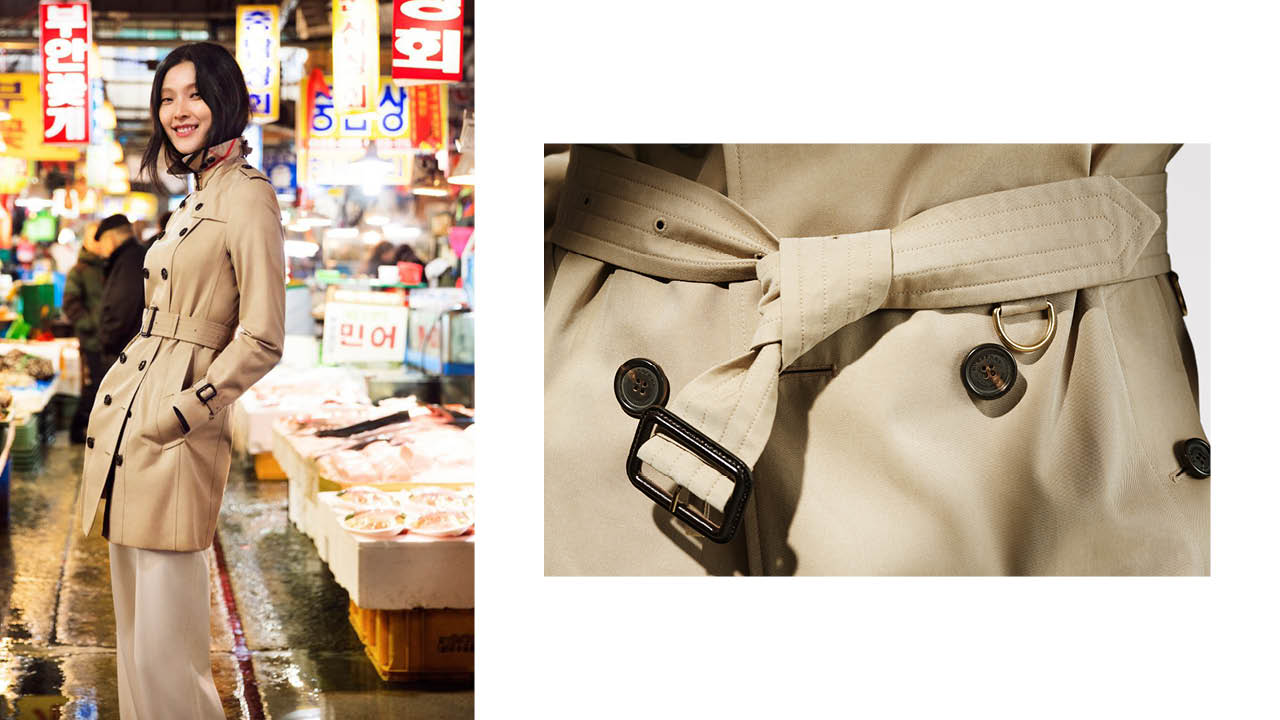 History lesson: the word “Khaki” means “dust” in Hindi and the early cases of dying uniforms to blend with the landscape began in the 1840s and was developed during the Indian Rebellion of 1857 with British regiments dying their uniforms muted colours
History lesson: the word “Khaki” means “dust” in Hindi and the early cases of dying uniforms to blend with the landscape began in the 1840s and was developed during the Indian Rebellion of 1857 with British regiments dying their uniforms muted colours
Credit: Burberry
BE DISCREET WITH BURBERRY’S THE KENSINGTON SHORT HERITAGE TRENCH COAT, $2,395 SHOP NOW
THE TRENCH was a coat that was worn by Officers in the trenches. Sure this is an obvious qualification, but the intelligence of this product was Thomas Burberry’s merger of style and function, with each part of the trench having a function specific to where and how it ought to be used. At the belted waist, the trench flared into a kind of knee-length skirt; short enough to not trail in the muddy fields or show off your stilettos. The belt, reminiscent of the Sam Browne belt, had D-rings to hook on accessories, such as binoculars, a pistol or the latest mock-mini-bag keychain. This freedom from structure is the ability to be fluid, to define your alter egos.
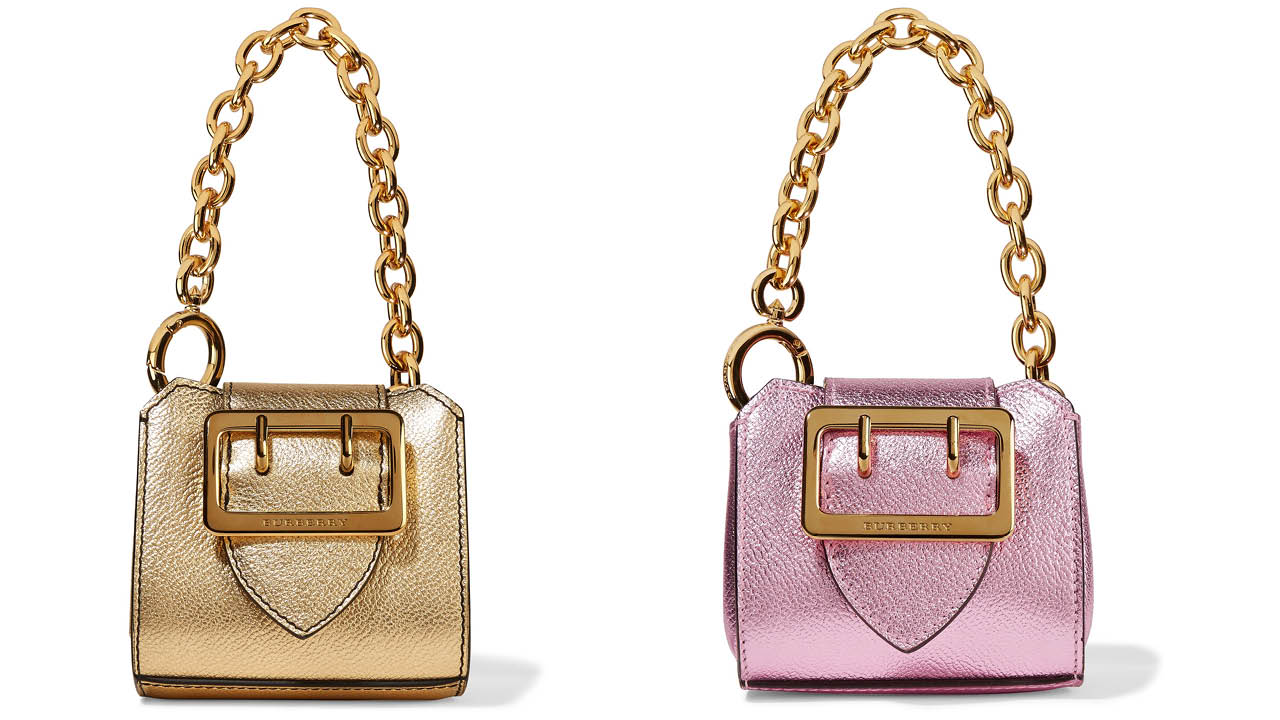
hook this on your d-ring: BURBERRY Metallic textured-leather keychain $408.51 SHOP NOW
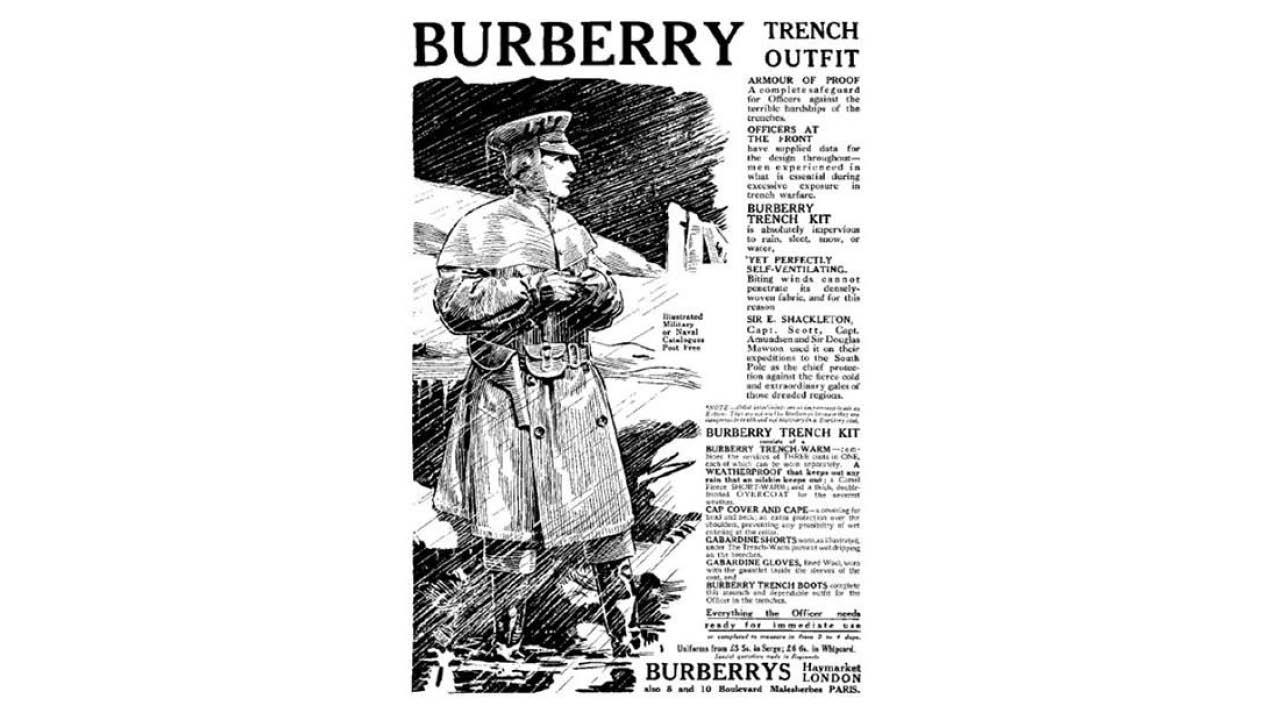
Credit: Smithsonian.com
The glamour take on the trench dates back to times when officers returned from the war, metamorphosed into a different kind of romantic image, in which the dashing officer is replaced by the equally alluring world-weary Vet. “The war-worn look was most attractive, not the fresh faced recruit with his spanking new uniform, but the guy who comes back. He’s got his hat at a jaunty angle… the idea was that he had been transformed, he looked like the picture of experience,” says Dr Jane Tynan, Senior Lecturer at Central Saint Martins, University of the Arts London. Officers would wear their trenches as proud symbols, ready for work or play, and today is no different.
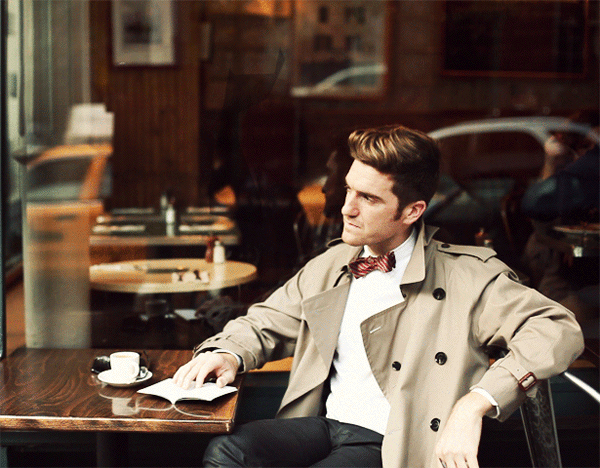
No matter your vocation, transgress the modern field in a garment built for the occasion
Credit: Jamie Beck via Ann St Studios
For him or her, cut a dash with the BURBERRY UNISEX TROPICAL GABArDINE CAR COAT, $2,595 SHOP NOW
As an original urban outfitter, Thomas Burberry broke down the tension between electing staple over style when designing the trench. Inspired by the lanolin-coated waterproof tops worn by shepherds, Burberry noticed such garments had transferrable properties he wanted to adopt for the everyman, striving for water resistant, light-in-summer, warm-in-winter coats. The result was in the invention of Gabardine, a water-proof, tightly-woven fabric soon becoming a necessity for those who were well-dressed wishing to remain well-dressed in extreme conditions.
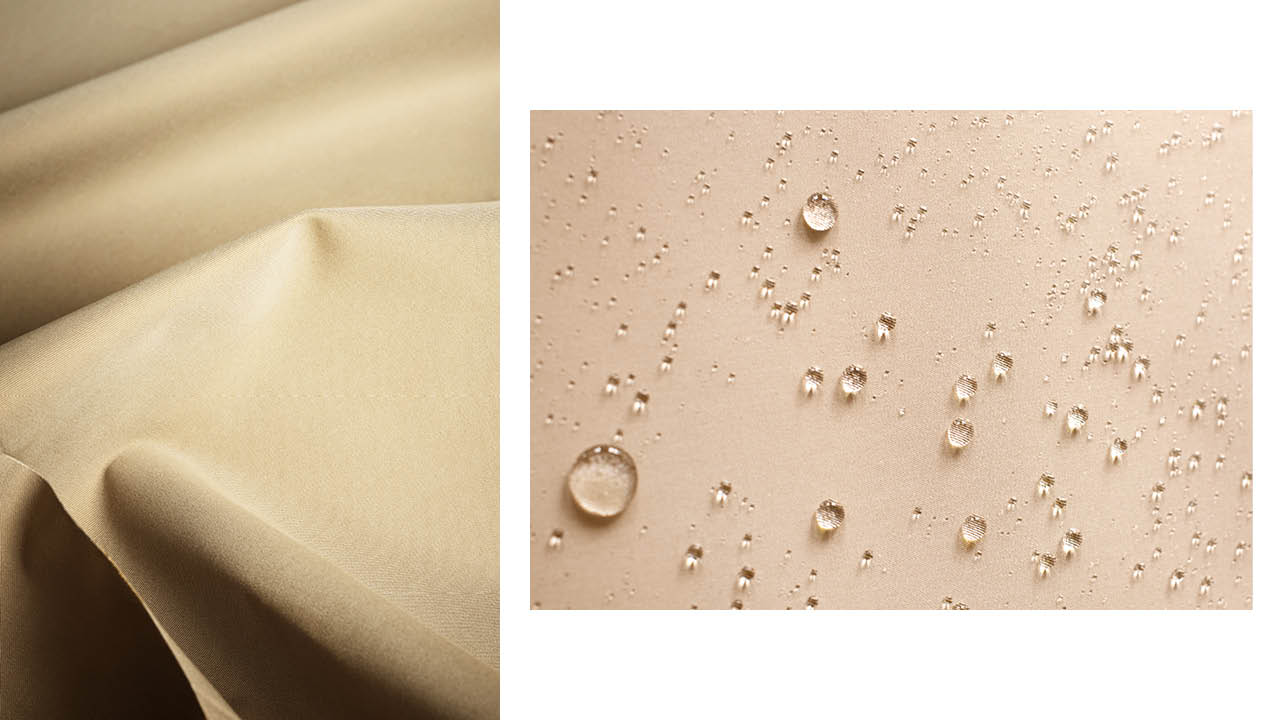 Fashion’s constant struggle reconciling style and function was long ago addressed by Thomas Burberry in 1879 with the creation of Gabardine, a hard-wearing, breathable material used in coats, suits and most recently, bags
Fashion’s constant struggle reconciling style and function was long ago addressed by Thomas Burberry in 1879 with the creation of Gabardine, a hard-wearing, breathable material used in coats, suits and most recently, bags
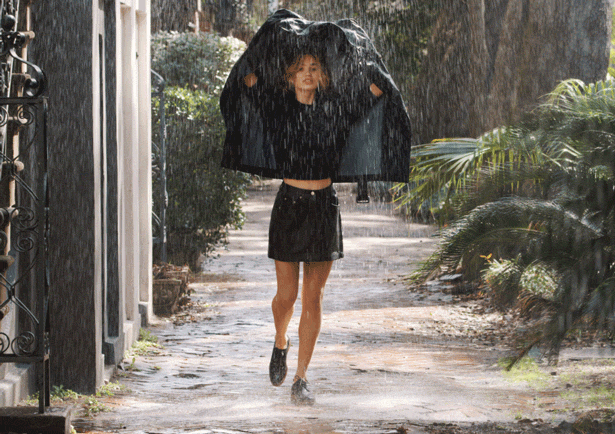
Innovation taken from existing military-issue waterproof capes sees a small cape drape the back, encouraging water to run off. Along the front a gun flap is fitted at the shoulder, allowing ventilation
Credit: Jamie Beck via Ann St Studios
The versatility of the trench is presented this May at BURBERRY, Chadstone. From sketch to stitch, the brand’s evolution from royally sanctioned outfitter to go-to urban explorer is on display in store. From prints to pythons, from satin to suede, there’s a different trench for any aspect of address. Deny the sartorial, unfasten your belt and evolve into your most flamboyant form.
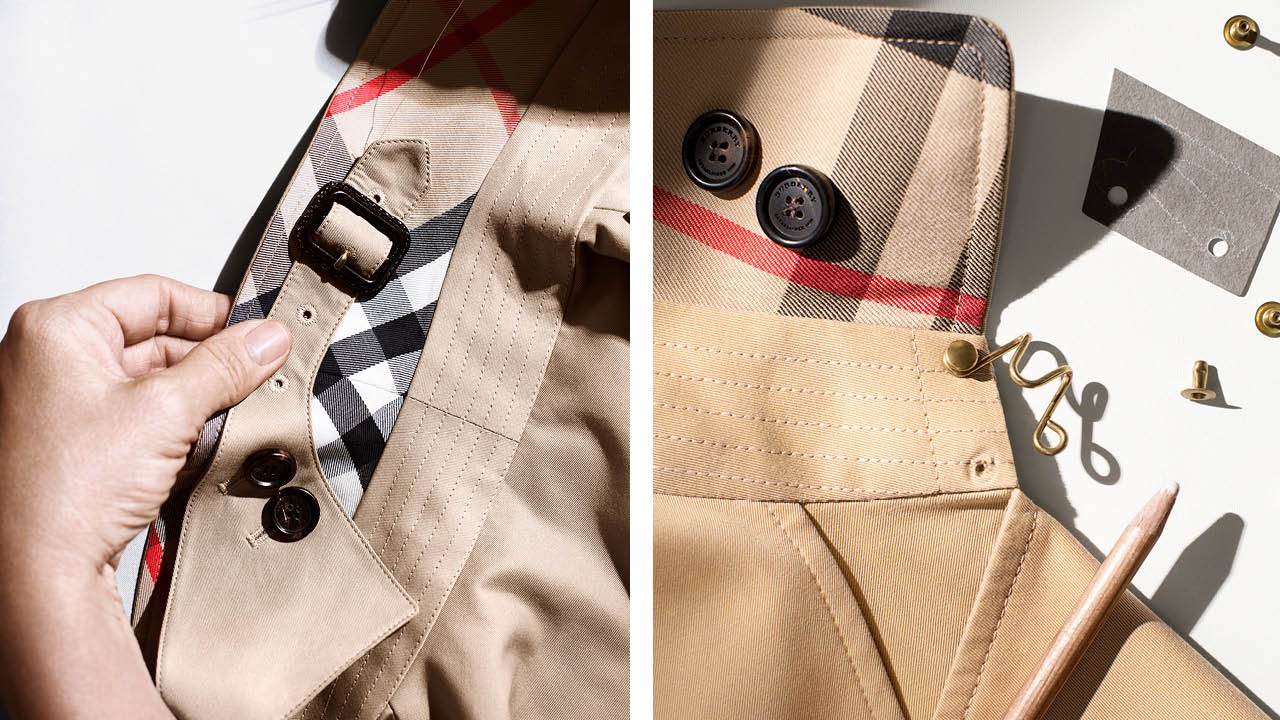
Although the process is minimalist in spirit, over 100 processes combine to make the modern Burberry trench from 79 different pieces. Manufactured in 2 Yorkshire Factories, it takes 4 hours to make a trench from scratch
Credit: Burberry
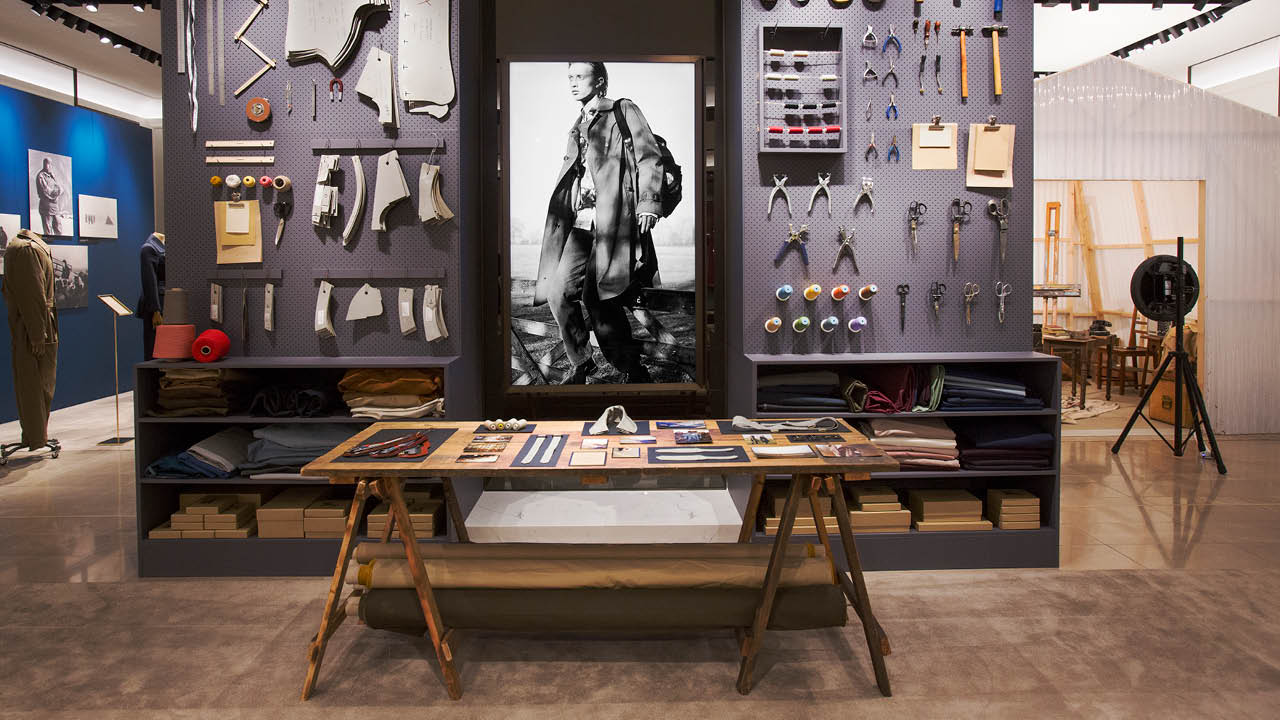
It’s a living wall of outfit #goals capable of making the likes of even hard-hitting gangsters and Femme Fatales jealous
Credit: Burberry
The exhibition will run from 9 to 21 May at Burberry, Chadstone Shopping Centre
address: g044/1341 Dandenong Rd, Chadstone VIC, Australia










